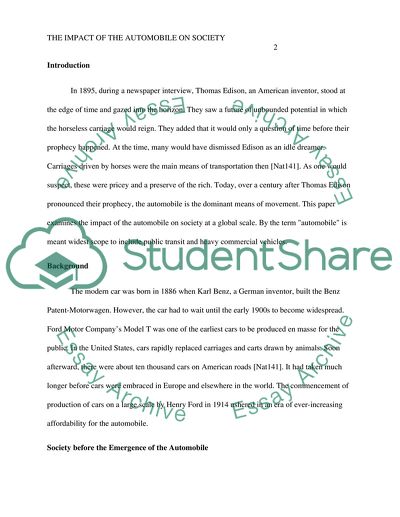Cite this document
(“The Impact of the Automobile on Society Research Paper”, n.d.)
The Impact of the Automobile on Society Research Paper. Retrieved from https://studentshare.org/design-technology/1664876-the-impact-of-the-automobile-on-society
The Impact of the Automobile on Society Research Paper. Retrieved from https://studentshare.org/design-technology/1664876-the-impact-of-the-automobile-on-society
(The Impact of the Automobile on Society Research Paper)
The Impact of the Automobile on Society Research Paper. https://studentshare.org/design-technology/1664876-the-impact-of-the-automobile-on-society.
The Impact of the Automobile on Society Research Paper. https://studentshare.org/design-technology/1664876-the-impact-of-the-automobile-on-society.
“The Impact of the Automobile on Society Research Paper”, n.d. https://studentshare.org/design-technology/1664876-the-impact-of-the-automobile-on-society.


